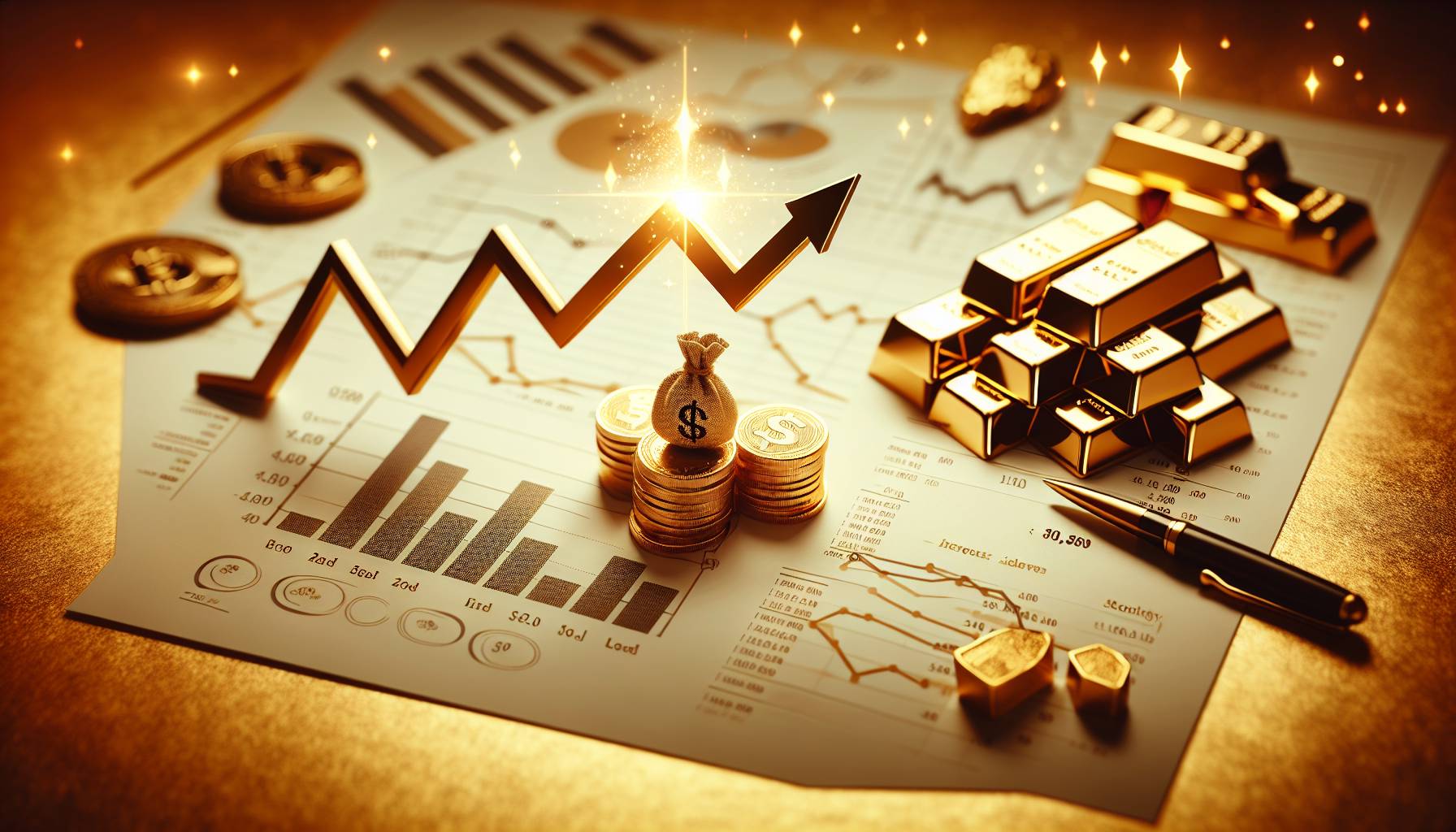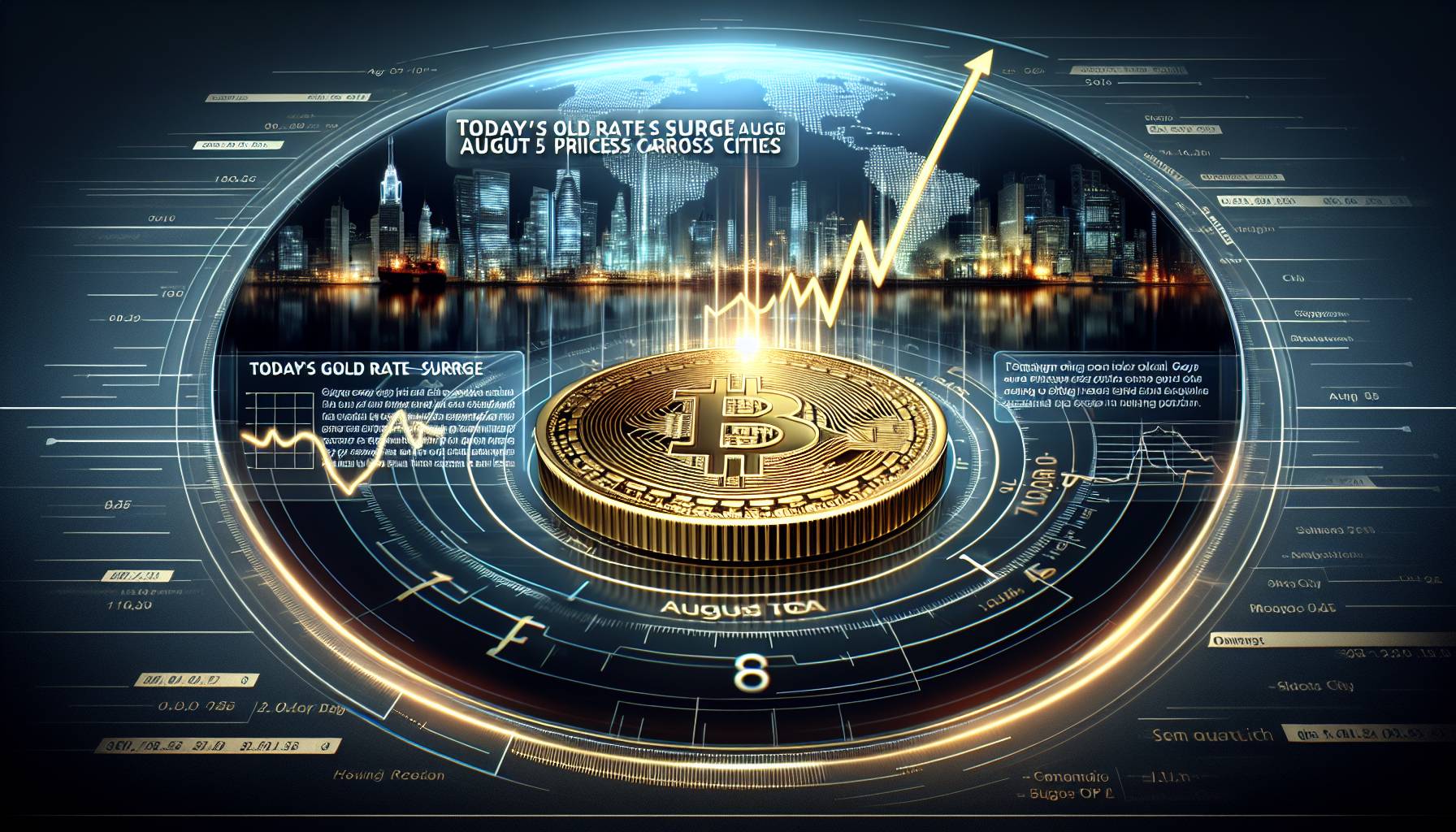Domestic market trends
On Tuesday, the domestic market witnessed varied movements in the prices of precious metals. The price of silver experienced a notable increase, capturing the attention of investors and traders alike. This surge in silver prices was attributed to heightened demand and market speculation, which drove up the value significantly.
Conversely, gold prices in the domestic market saw a slight decline. This decrease was relatively modest but marked a shift from the previous stability observed in recent weeks. Analysts suggest that the dip in gold prices could be linked to a combination of factors, including fluctuations in currency exchange rates and changes in investor sentiment.
The mixed trends in the domestic market reflect the dynamic nature of precious metal trading, with silver gaining momentum while gold faces downward pressure. Market participants are closely monitoring these developments to adjust their strategies accordingly.
International market analysis
In the international markets, the trends for gold and silver prices mirrored the mixed movements observed domestically. Silver prices surged significantly, driven by a combination of global economic factors and increased industrial demand. The rise in silver was further supported by a weakening US dollar, which made the metal more attractive to investors seeking a hedge against currency volatility.
Gold, on the other hand, experienced a slight decline internationally. This decrease was influenced by a stronger performance in equity markets, which diverted investor interest away from traditional safe-haven assets like gold. Additionally, the anticipation of potential interest rate hikes by major central banks contributed to the downward pressure on gold prices, as higher interest rates typically lead to a stronger currency and reduced appeal for non-yielding assets.
The international market analysis highlights the contrasting trajectories of gold and silver, with silver benefiting from industrial demand and currency dynamics, while gold faces challenges from competing investment opportunities and monetary policy expectations.
Factors influencing price changes
The fluctuations in gold and silver prices can be attributed to a variety of factors that influence market dynamics. One of the primary drivers is the changing demand for these metals in industrial applications. Silver, in particular, has seen increased demand due to its use in electronics and renewable energy technologies, such as solar panels. This industrial demand has played a significant role in the recent rise in silver prices.
Another factor impacting precious metal prices is the movement of currency exchange rates. A weaker US dollar often leads to higher prices for commodities like gold and silver, as they become more affordable for investors holding other currencies. Conversely, a stronger dollar can exert downward pressure on these prices, as seen in the recent trends affecting gold.
Investor sentiment and market speculation also play crucial roles in shaping price movements. In times of economic uncertainty or geopolitical tensions, investors tend to flock to safe-haven assets like gold, driving up prices. However, when confidence in the global economy is high, investors may shift their focus to equities and other riskier assets, leading to a decline in gold prices.
Additionally, monetary policy decisions by central banks, particularly regarding interest rates, have a significant impact on precious metal markets. Anticipation of interest rate hikes can lead to a stronger currency, reducing the appeal of non-yielding assets like gold. This expectation has contributed to the recent decline in gold prices, as investors adjust their portfolios in response to potential changes in monetary policy.
The interplay of industrial demand, currency fluctuations, investor sentiment, and monetary policy expectations creates a complex environment for precious metal markets, influencing the trends observed in both gold and silver prices.
Silver prices surge amid market fluctuations
Amidst the recent market fluctuations, silver prices have experienced a notable surge, capturing the attention of investors and market analysts alike. This upward trend in silver’s value is attributed to a combination of factors, including increased industrial demand and geopolitical uncertainties that have driven investors to seek safe-haven assets.
In the domestic market, silver prices have shown a significant rise, reflecting the global sentiment. The international markets have mirrored this trend, with silver’s value climbing steadily. This surge presents a potential opportunity for investors looking to diversify their portfolios with precious metals.
As silver continues to gain traction, it is essential for investors to monitor market conditions closely. The current environment suggests that silver could maintain its upward trajectory, offering a promising outlook for those considering investments in this precious metal.
Gold prices face slight downturn in trading
In contrast to the bullish trend observed in silver, gold prices have faced a slight downturn in recent trading sessions. This decline is primarily driven by a stronger Australian dollar and a shift in investor sentiment towards riskier assets. As global economies show signs of recovery, the demand for gold as a safe-haven asset has softened, leading to a marginal decrease in its value.
Despite this downturn, gold remains a critical component of diversified investment portfolios. The current price dip may present a strategic entry point for investors looking to capitalize on potential future gains. It’s important to consider that gold’s long-term value is often influenced by macroeconomic factors such as inflation rates and central bank policies, which can provide support to its price.
Investors should remain vigilant and assess the broader economic indicators that could impact gold prices. While the current trend shows a slight decline, the inherent volatility of the market means that conditions can change rapidly, offering both risks and opportunities for those invested in gold.

